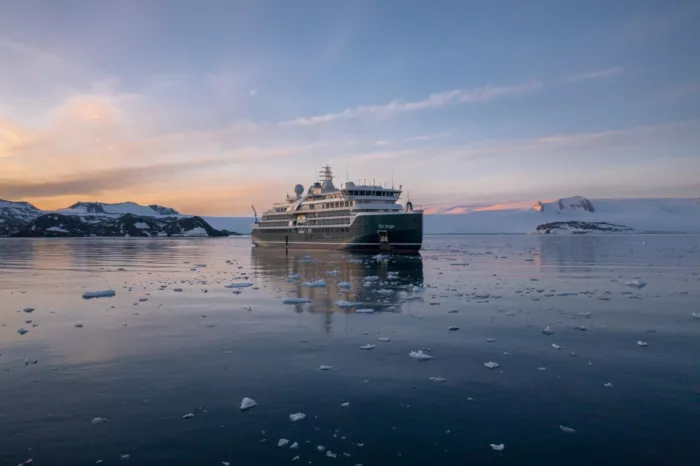
Swan Hellenic cruise line takes pride in providing elegant cruises that sail their guests to far-flung destinations across the world such as New Zealand and the Arctic. With over 70 years of experience, enjoy a sophisticated and comfortable atmosphere onboard Swan Hellenic cruises, with some truly remarkable visits to less-accessible polar regions and plenty of lesser-visited ports worth seeing.
























Named after the first ship to cross the Arctic Northeast Passage, SH Vega was designed to journey to faraway places and remote polar regions in style and comfort. This 5-star expedition ship incorporates elegant Scandi-design with the latest in cruising technology, and has a PC5 ice-strengthened hull, and extra-large stabilisers, to make your journey as smooth as possible.











